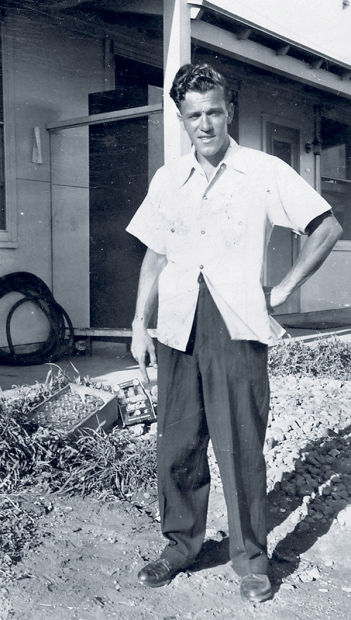Right after Japan attacked Oahu on Dec. 7, 1941, and the United States entered World War II, my father, an 18-year-old native of Brooklyn, N.Y., tried to enlist in the Navy, and then the Army and the Marines. Henry had
Right after Japan attacked Oahu on Dec. 7, 1941, and the United States entered World War II, my father, an 18-year-old native of Brooklyn, N.Y., tried to enlist in the Navy, and then the Army and the Marines.
Henry had been a fine athlete, so he was both surprised and disappointed when all three branches rejected him as being physically unfit for military duty due a heart murmur detected during his physicals.
When he learned soon after that the Navy was contracting civilians to work at Pearl Harbor — and that his physical defect would not disqualify him — he signed up immediately.
In Waikiki — at that time a predominately residential area — he shared a house with co-workers, while his warehouse job at Pearl Harbor often kept him busy seven days a week.
Still, there was time for surfing at Waikiki — where he met Duke Kahanamoku — and playing baseball and barefoot football, a sport he admired.
Years later, when he coached youth football, he’d sometimes impress onlookers by punting a football barefooted — high and with a perfect spiral — a skill he’d picked up in Hawaii.
He once confided to me that he’d found romance with a girl of Chinese ancestry he’d known in Honolulu, but she would not marry him.
When his Pearl Harbor contract expired, he returned to Brooklyn.
On Kauai in 1984, he and my mother, Helen, visited me and my Kauai-born wife Ginger — for whom Henry had a special fondness — and our teenaged children, Michelle and Brett.
In Nawiliwili he noted that the Haupu Range looked pretty much the same as he recalled, as did the breakwater and the seawall, but the hotel on Kalapaki Bay wasn’t there when he first saw Kauai.
A house had stood there instead, the Kalapaki residence of kamaaina sugar planter, rancher and politician Charles Rice.



